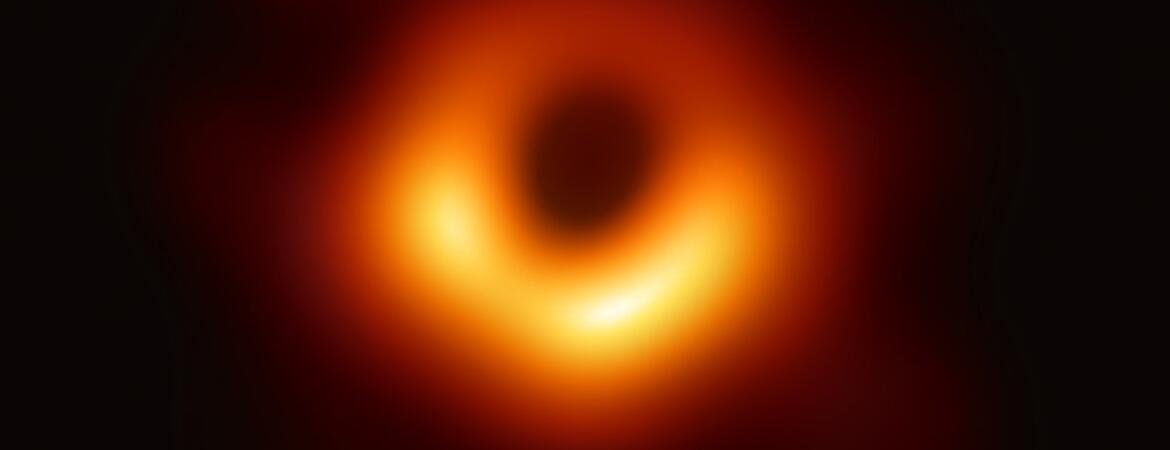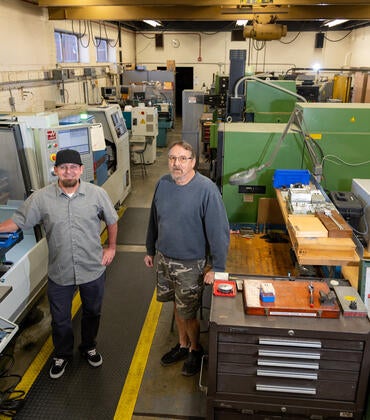Dying stars can generate black holes. Black holes, however, can also be created by collapsing gas, comprised of particles, due to self-gravity. This is well known in our universe of (3+1)-dimensional spacetime — the three dimensions in space and one dimension in time. But what role might other spatial dimensions play in black hole formation?
A study by a theoretical physicist at the University of California, Riverside, focusing on black holes generated by collapsing gas now reveals a connection between the fundamental laws of physics and spatial dimensions that addresses this question by arguing that three or more spatial dimensions are needed.
“According to the first law of thermodynamics and special relativity, the compressibility of a gas depends on the energy content — or speed — of the particles in the gas and the number of spatial dimensions,” said Wei-Xiang Feng, a doctoral student of physics and astronomy at UC Riverside, the author of the study that appears in Physical Review D. “The faster the particles move, the easier it is for the gas to be compressed. To make the gas a black hole, you have to compress it until it reaches the point of instability.”
Feng explained that when self-gravity shrinks the sphere of gas, gravitational energy is converted into kinetic energy of the gas particles, making them move faster until instability is triggered.
“This simple mechanism seeds massive black holes using the self-interacting dark matter theory,” Feng said.
Self-interacting dark matter, or SIDM, proposes dark matter particles self-interact through a new dark force. Last year, Feng and his advisor, Hai-Bo Yu, an associate professor of physics and astronomy at UC Riverside, along with Yi-Ming Zhong, a postdoctoral researcher at the University of Chicago, explored how SIDM could lead to a massive black hole — work that motivated Feng to proceed with the new study.
“The more spatial dimensions, the easier it is for the gas to collapse,” Feng said. “When a gas is compressed by self-gravity, the increased kinetic energy of the particles bouncing back will distribute evenly in all directions, resulting in gas pressure. For example, in the three dimensions of space, gas particles have six directions to travel: left and right; forward and backward; and up and down. In higher dimensions, these particles have more directions available, and the gas can collapse at even much lower pressure.”
The new work by Feng also links the cosmological constant, which describes the energy density of empty space, to the stability of a gas sphere.
“We found that a positive cosmological constant can destabilize the gas sphere,” Feng said. “A negative one stabilizes it.”
The study was funded by the U.S. Department of Energy.
The research paper is titled “Gravothermal Phase Transition, Black Holes and Space Dimensionality.”




